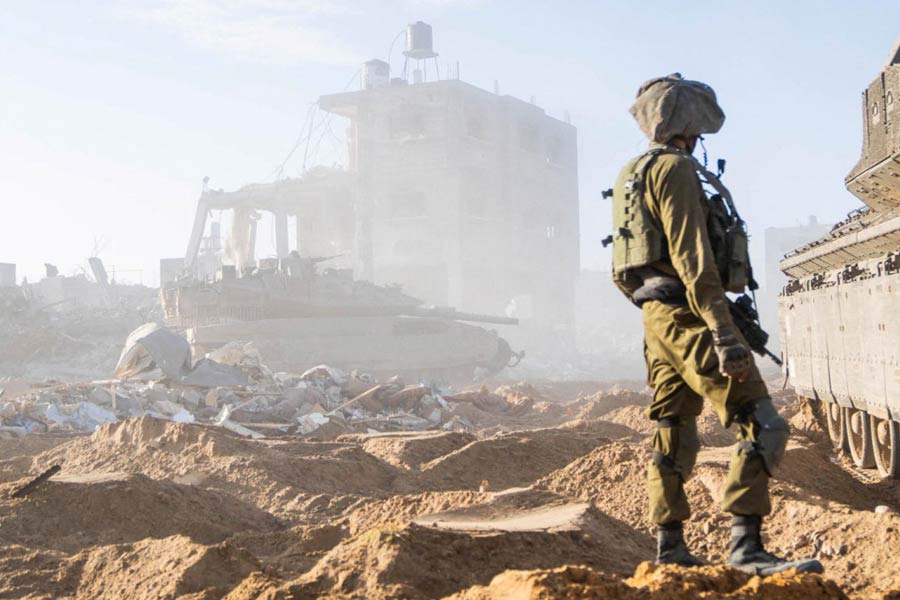Asmaa al-Belbasi walks an hour to her nearest bakery each day to fetch bread for her children and other relatives in the north Gaza districts where aid agencies say famine still looms despite rising supplies.
The route can be dangerous, along streets strewn with rubble from blown-up buildings that are impassable to cars and with fighting between Hamas militants and Israeli forces still sporadically raging. Her journey shows how desperately Gazans need bread to stave off deadly hunger.
“Before they opened up the bakeries we would get corn flour, which you couldn’t knead. It was like a log and would come out like a biscuit. After a day or two it’d be difficult to eat,” she said, talking about the flour people in Gaza made from animal feed and baked on open fires.
When the first bakery opened using flour and fuel provided by the World Food Programme, unruly queues of hundreds of people crammed into nearby streets between the ruins of houses. The bakers had to employ dozens of stewards to maintain order.
A few more bakeries have now opened, some of them operating 24 hours a day, but while the queues are now smaller, Belbasi still waits at least 20 minutes each day for the two bags of flat pitta bread she needs for her large family, she says.
Restoring Gaza’s bakeries and ensuring a regular supply of flour, water and fuel will be crucial to stopping famine spreading across the tiny, crowded enclave nearly seven months into the conflict.
Israel’s ground and air campaign was triggered when Hamas stormed border defences on October 7, killing around 1,200 people and seizing 253 more as hostages according to Israeli tallies.
The offensive has left Gaza in ruins, killing 34,500 people, according to health authorities in the Hamas-run enclave, and leaving nearly all the survivors homeless and destitute. Bread has always been the main staple for people in Gaza, though before the war plenty of other food was available too.










